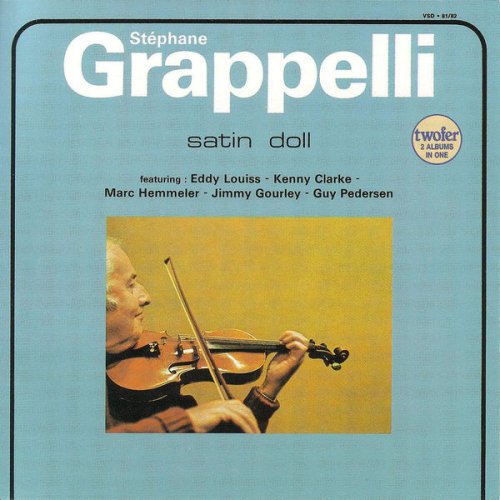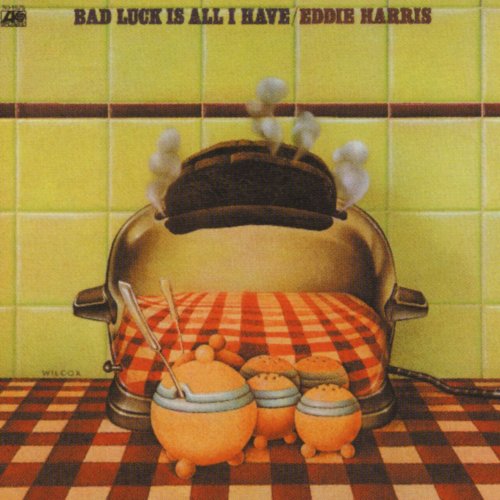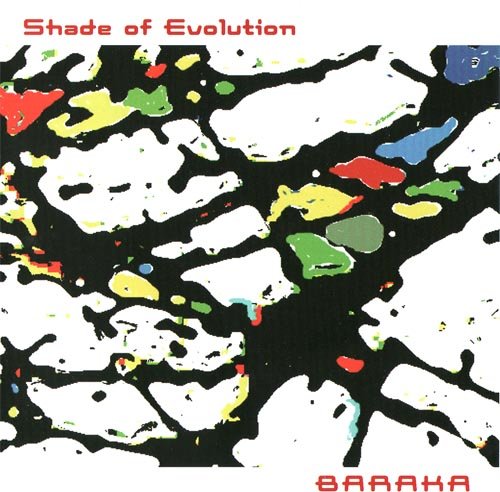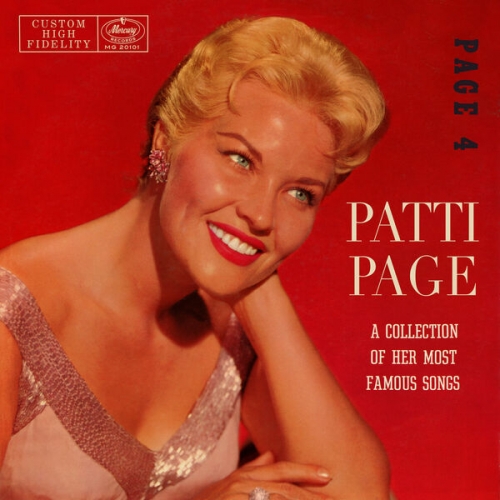Stylus Phantasticus - Dietrich Buxtehude - Ciaccona: Il mondo che gira (2004)
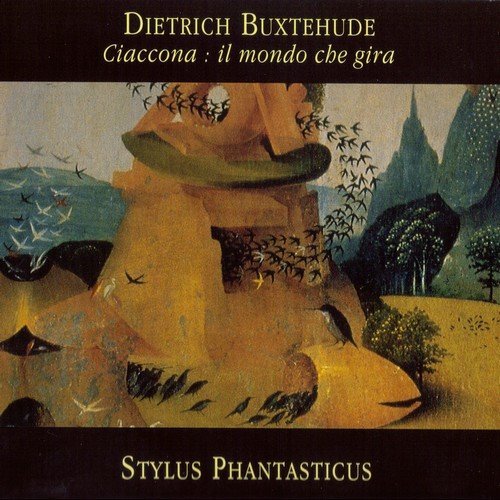
Artist: Stylus Phantasticus
Title: Dietrich Buxtehude - Ciaccona: Il mondo che gira
Year Of Release: 2004
Label: Alpha
Genre: Classical
Quality: APE (image+.cue,log,scans)
Total Time: 01:01:00
Total Size: 349 Mb
WebSite: Album Preview
Tracklist: Title: Dietrich Buxtehude - Ciaccona: Il mondo che gira
Year Of Release: 2004
Label: Alpha
Genre: Classical
Quality: APE (image+.cue,log,scans)
Total Time: 01:01:00
Total Size: 349 Mb
WebSite: Album Preview
01. Cantate pour soprano, deux violons & basse continue
Herr, wenn ich nur dich hab' (BuxWV 38)
02. Sonata en fa majeur pour deux violons, viole de gambe & basse continue (BuxWV 269)
- sans titre
- a violino due solo: sans titre - allegro
- a viola da gamba solo: sans titre - allegro
- a violino uno solo: sans titre
- a tre: sans titre - allegro
03. Passacaglia en ré (BuxWV 161)
adaptation pour deux violons, viole de gambe & basse continue
Sonata en la pour violon, viole de gambe & basse continue (BuxWV 272)
04. sans titre - allegro
05. adagio - sans titre - allegro
Dietrich Becker (1623-1679)
Sonata a due en ré pour violon, viole de gambe & basse continue
06. adagio - lento
07. adagio piano - sans titre - sans titre
Sonata III op. secunda en sol pour violon, viole de gambe & basse continue (BuxWV 261)
08. vivace - lento
09. allegro - lento (largo)
10. andante
11. grave
12. gigue
13. Ciaccona en mi (BuxWV 160)
adaptation pour deux violons, viole de gambe & basse continue
Sonata VI op. secunda en mi majeur pour violon, viole de gambe & basse continue (BuxWV 264)
14. grave - vivace
15. adagio - poco presto - lento
16. allegro
Ciaccona a tre pour baryton, deux violons & basse continue
17. Quemadmodum desiderat cervus (BuxWV 92)
Performers:
Stylus Phantasticus:
Pablo Valetti, violon
Friederike Heumann, viole de gambe
Eduardo Eguez, theorbe
Dirk Borner, clavecin & orgue
Amandine Beyer, violon
Sophie Watillon, viole de gambe
Dolores Costoyas, theorbe
Marina Bonetti, harpe baroque
Maria Cristina Kiehr (Soprano)
Victor Torres (Baritone)
A disc that includes just three-and-a-half minutes’ worth of the delectable Maria Cristina Kiehr sounds like tantalization taken a step too far. Yet, as so often with Alpha, a theme lies behind this apparently disparate collection, although you’d have to be a Buxtehude scholar to spot it from the list of contents. The clue is in the word “Ciaconna” in the disc’s title, “Ciaccona: il mondo che gira.” Got there yet? Well, the answer is that all these works include an ostinato, or repeated bass pattern. Much beloved of 17th-century composers, half the fascination of the ostinato bass is its paradoxical quality. By definition a device characterized by rigidity, its obsessive stability makes it the ideal structural foundation on which to build music of a virtuosic or, in some instances, fantastic nature, as happens here in the second part of the Sonata for violin and viola da gamba, BuxWV 272, where the increasingly exuberant solo parts work to a climax of the utmost virtuosity. By the same token, the ostinato can provide a calm reiterative background, a sense of balance and poise to music of great lyrical beauty, as can be heard here in the D-Minor Sonata, also for violin and gamba, by Dietrich Becker (1623–1679), a native of Hamburg, trained as an organist, but also an eminent violinist who composed a substantial body of music featuring that instrument.
In vocal music, bass patterns could be used to both expressive, and metaphorical purpose; it is no coincidence that most of the great laments of the 17th century were built on descending chromatic bass patterns. Both the sacred concertos here are entirely founded on ostinatos, in the case of Herr, wenn ich nur dich hab stressing the text’s rock-solid faith in God’s powers of consolation. Quemadmodum takes as its starting point the well-known yearning words of Psalm 42, “As pants the hart,” the whole of the long text articulated by a two-bar chaconne bass that gives the work a cumulative power ultimately rising to a climax in the final words of fulfilled joy. Like Kiehr’s performance of BuxWV38, it is very well and perceptively sung by bass Victor Torres (it was written for tenor) at a markedly quicker tempo than that taken by Charles Daniels on the Chandos disc of cantatas also reviewed in this issue.
Stylus Fantasticus brings to all this music a sense of musicianship that conveys total immersion, exuding the sheer pleasure of making music together. There is an excitability, a rare sense of occasion throughout that sweeps the listener along with the performers. This is not a cool, northern European Buxtehude we encounter here, but a composer living for the moment, living it passionately. That is not to say that the ensemble is not capable of refined poise, too, and there are passages of slower-moving music that spellbind the listener in a near timeless world of reflection. Just occasionally sheer enthusiasm can run away with the performers, particularly first violinist Pablo Valetti, whose fierce tremolandos at the start of the Adagio of BuxWV 272 are startlingly anachronistic. Purists will doubtless also raise an eyebrow at the idea of two theorbos and a harp being employed, an excessively rich continuo group. But such caveats pale into insignificance in the context of immensely rewarding and enlivening performances that cast fresh light on Buxtehude’s marvelously inventive music. -- Brian Robins
In vocal music, bass patterns could be used to both expressive, and metaphorical purpose; it is no coincidence that most of the great laments of the 17th century were built on descending chromatic bass patterns. Both the sacred concertos here are entirely founded on ostinatos, in the case of Herr, wenn ich nur dich hab stressing the text’s rock-solid faith in God’s powers of consolation. Quemadmodum takes as its starting point the well-known yearning words of Psalm 42, “As pants the hart,” the whole of the long text articulated by a two-bar chaconne bass that gives the work a cumulative power ultimately rising to a climax in the final words of fulfilled joy. Like Kiehr’s performance of BuxWV38, it is very well and perceptively sung by bass Victor Torres (it was written for tenor) at a markedly quicker tempo than that taken by Charles Daniels on the Chandos disc of cantatas also reviewed in this issue.
Stylus Fantasticus brings to all this music a sense of musicianship that conveys total immersion, exuding the sheer pleasure of making music together. There is an excitability, a rare sense of occasion throughout that sweeps the listener along with the performers. This is not a cool, northern European Buxtehude we encounter here, but a composer living for the moment, living it passionately. That is not to say that the ensemble is not capable of refined poise, too, and there are passages of slower-moving music that spellbind the listener in a near timeless world of reflection. Just occasionally sheer enthusiasm can run away with the performers, particularly first violinist Pablo Valetti, whose fierce tremolandos at the start of the Adagio of BuxWV 272 are startlingly anachronistic. Purists will doubtless also raise an eyebrow at the idea of two theorbos and a harp being employed, an excessively rich continuo group. But such caveats pale into insignificance in the context of immensely rewarding and enlivening performances that cast fresh light on Buxtehude’s marvelously inventive music. -- Brian Robins
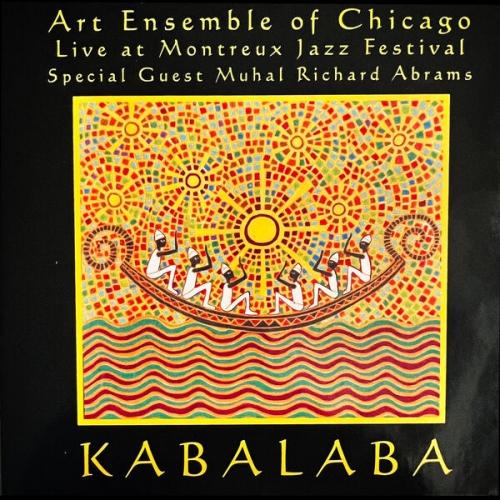
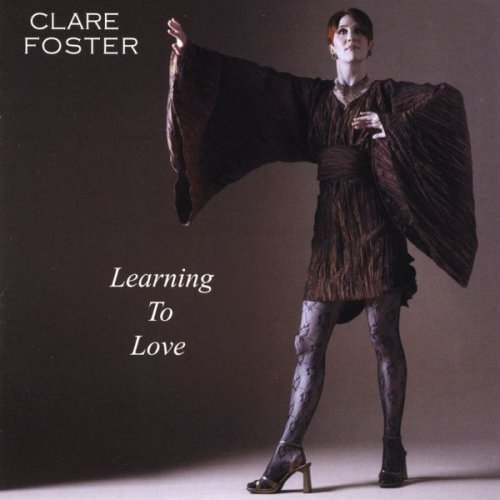

![Silent Sail - Echoes of Dusk (2026) [Hi-Res] Silent Sail - Echoes of Dusk (2026) [Hi-Res]](https://www.dibpic.com/uploads/posts/2026-01/1767873642_cover.jpg)
